Country Name: Brazil
System of government: Federal Republic
Capital: Brasilia (pop. 177,000)
Location: In South America on the coast of the Atlantic, bordered by Uruguay, Argentina, Paraguay, Bolivia, Peru, Colombia, Venezuela, Guyana, Suriname and French Guiana, i. e. all the South American countries with the exception of Chile. Brazilian territory includes also the islands of Sao Pedro and Sao Paulo, Fernando de Noronha, Trindade and Martin Vaz
Area: 8,511,965 sq km
Population: 124,580,000
National composition: Brazilians of various pure and mixed stock
Religion: Roman Catholic
Official language: Portuguese
Currency: cruzeiro = 100 centavos
Administrative divisions: 21 states, 4 federal territories and 1 federal district; some 90% of the population live along the Atlantic coast
Other major cities: Sao Paulo (pop. 8,732,000; metropolitan area 11,350,000), Rio de Janeiro (pop. 5,100,000; m. a. 9,000,000), Belo Horizonte (pop. 1,750,000)
Highest elevation: Pico de Neblina (3,014 m) in the Guiana Highlands
Chief rivers: Amazon, Parana, Uruguay, Sado Francisco
Climate: Mostly tropical wet, more temperate subtropical in the south
Motto: Ordem e Progresso (Portuguese)
“Order and Progress”
Anthem: Hino Nacional Brasileiro
Brazil Location Map:
Brazil Encyclopedia & Facts for Students
Brazil is the largest country of South America, occupying almost one-half of the entire area of the continent. To the north rise the Guiana Highlands, the south is occupied by the Brazilian Highlands. Between the two massifs lies the vast Amazonian Basin covered by dense tropical rainforest. In fact, forest occupies over 40 percent of the entire national territory, providing huge quantities of various rare and hardwoods, rubber, resins, waxes, essential oils and fibre. The fauna is extremely varied, including many species of monkey and reptiles, as well as the tapir, deer, jaguar, wildcat, cayman, alligator, parakeets of various kinds, piranha and electric eel.
Brazil is one of the most developed nations of South America and a prime exporter of agricultural produce. It is the world’s biggest coffee producer. Apart from coffee beans, wheat and rice, the chief crops are cocoa beans, sugar cane, cotton, sisal, beans, manioc (cassava), potatoes, groundnuts, soya beans, bananas and citrus fruit. Cattle are the predominant stock, although large herds of pigs, sheep, goat and horses are also raised. Fishing remains relatively undeveloped but bee-keeping and silkworm farming are major occupations.
The country ranks amongst the richest in mineral resources. It has the world’s largest reserves of iron ore as well as enormous deposits of manganese, coal, phosphates, uranium, bauxite, diamonds and semi-precious stones. Brazil’s reserves of platinum are considered to be the greatest in the world. Gold and silver are mined and there is also some oil and natural gas.
For a long time, the manufacturing industry remained limited to food-processing, but today metallurgy, engineering, automobiles, textiles, wood-working, furniture, chemicals, rubber, paper and pulp, petro-chemicals, electronics, pharmaceuticals, fertilizer and other types of production are developing at a fast rate.
Interior transport relies mainly on air traffic, a few major roads and river navigation, since the railways do not constitute an integrated system. There are about 1,200 airports in Brazil, 200 of which are major junctions. In fact, every large town has an airport.
River navigation is possible on many streams, the largest volumes of cargo being hauled by ships sailing the Amazon, Sado Francisco and Parana-Paraguay. Ocean-going vessels can sail as far upstream on the Amazon as neighbouring Peru. There are some 250 commercial ports on the river. Roads are now being built in the interior, although the densest road network is that of the coastal region. Brazil has the largest merchant fleet of all the Latin American nations.
Related Photos:
Brazil National Anthem:
20 Interesting Facts About Brazil:
Certainly, here are 20 interesting facts about Brazil:
- Brazil is the fifth-largest country in the world by both land area and population.
- Brazil is the largest country in South America, covering almost half of the continent’s land area.
- The official language of Brazil is Portuguese, which is spoken by over 200 million people in the country.
- The Amazon Rainforest is located in Brazil, and it covers over 60% of the country.
- Brazil is the only country in South America that speaks Portuguese as its official language.
- Brazil has the largest economy in Latin America and the ninth-largest in the world.
- Brazil is famous for its soccer, and it has won the FIFA World Cup five times.
- The Christ the Redeemer statue in Rio de Janeiro is one of the most famous landmarks in Brazil.
- Brazil is home to the largest Japanese population outside of Japan.
- The Brazilian Carnival, which takes place before Lent, is one of the biggest and most famous celebrations in the world.
- The Brazilian flag features 27 stars representing the country’s states and one federal district.
- The Amazon River, the second-longest river in the world, flows through Brazil.
- Brazil is home to many famous musicians and artists, including Caetano Veloso, Gilberto Gil, and Jorge Amado.
- The Brazilian Real is the country’s currency.
- Brazil is the largest producer of coffee in the world.
- The country’s largest city is São Paulo, which has a population of over 12 million people.
- Brazil is home to many unique animals, including the capybara, jaguar, and anaconda.
- Brazil has a diverse climate with regions that are tropical, subtropical, and arid.
- The country gained independence from Portugal in 1822.
- Brazil is home to over 2,000 airports, making it the country with the second-largest number of airports in the world, after the United States.
 Kids Portal For Parents India Kids Network
Kids Portal For Parents India Kids Network

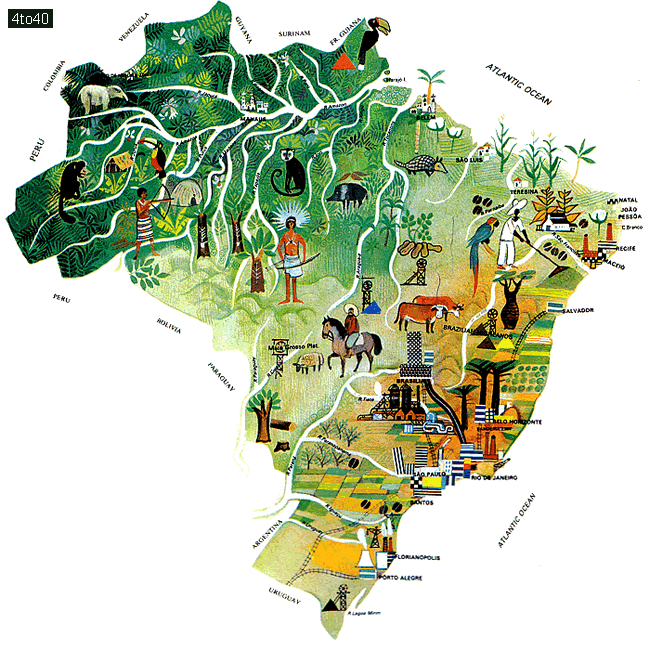
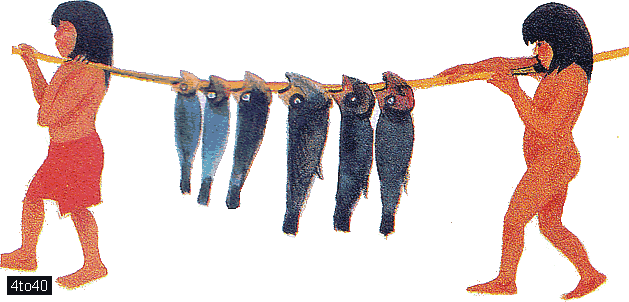
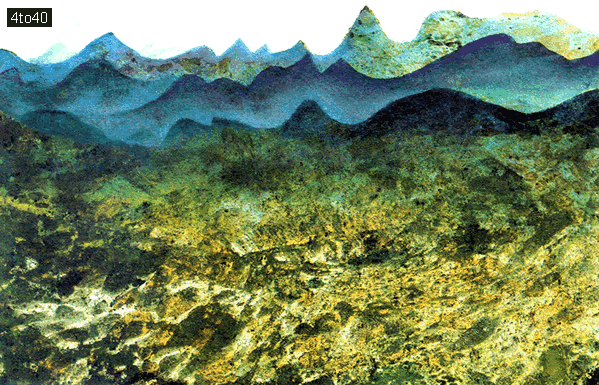
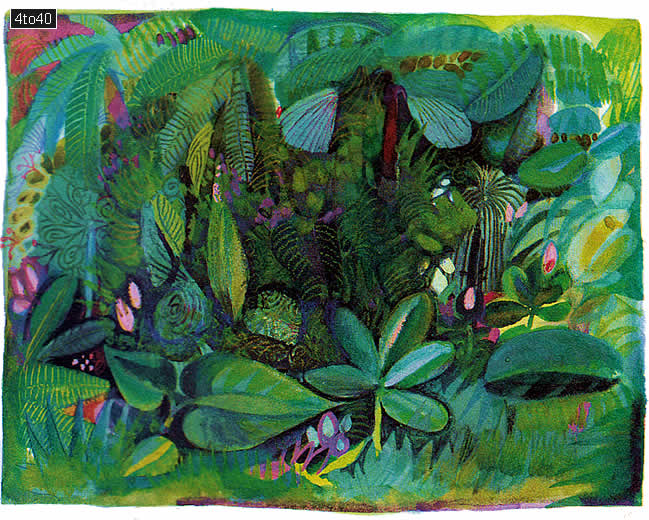
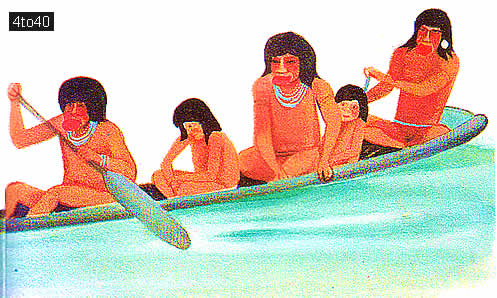
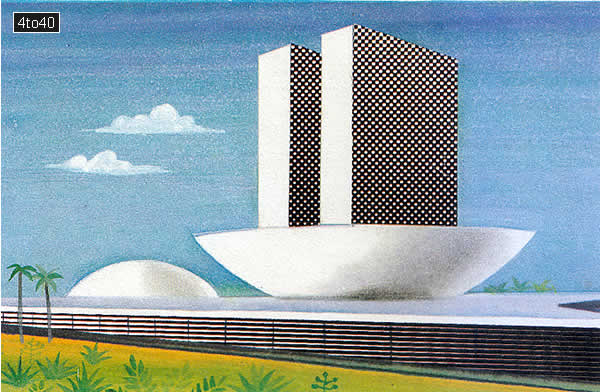
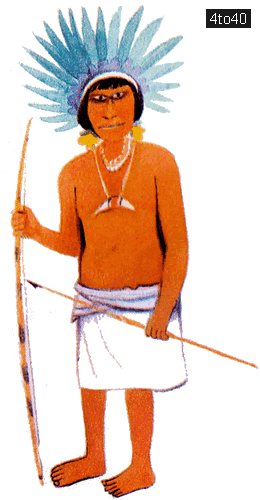
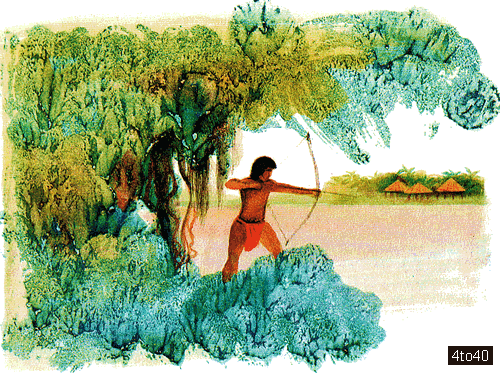
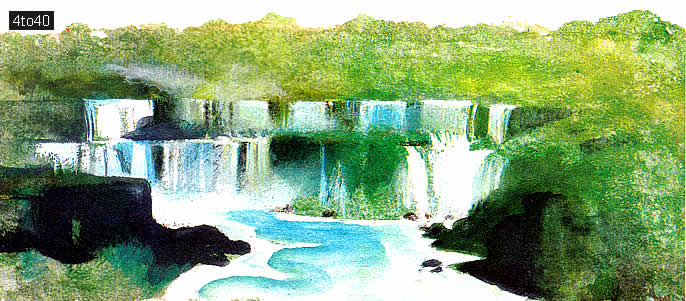
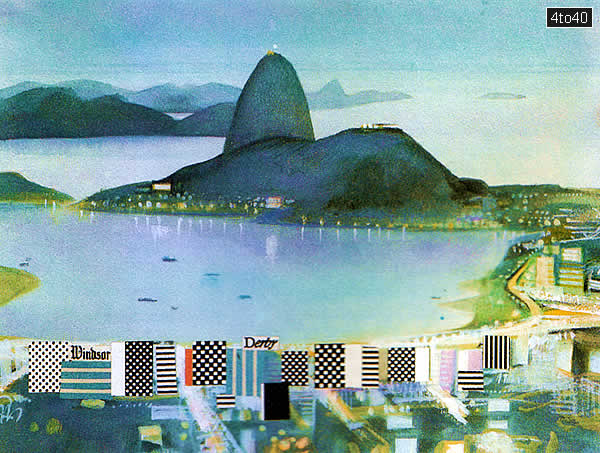
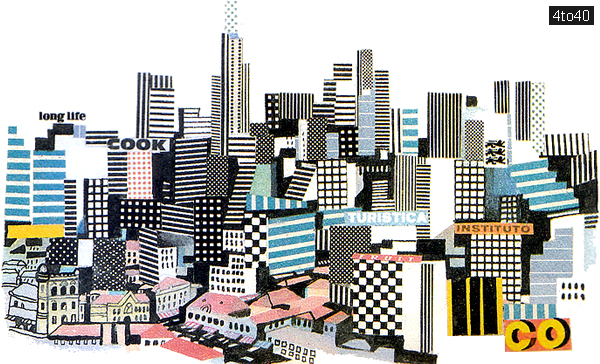
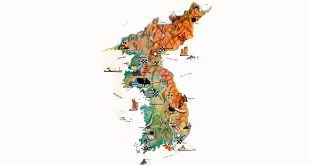


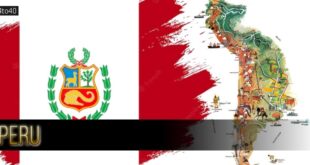
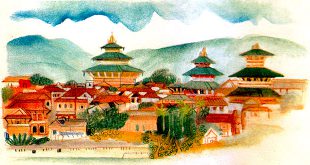
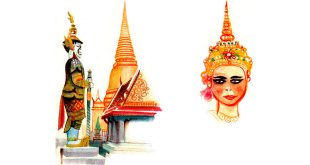
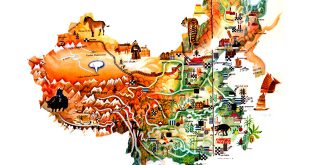
One comment
Pingback: Venezuela Encyclopedia & Facts for Kids - Kids Portal For Parents